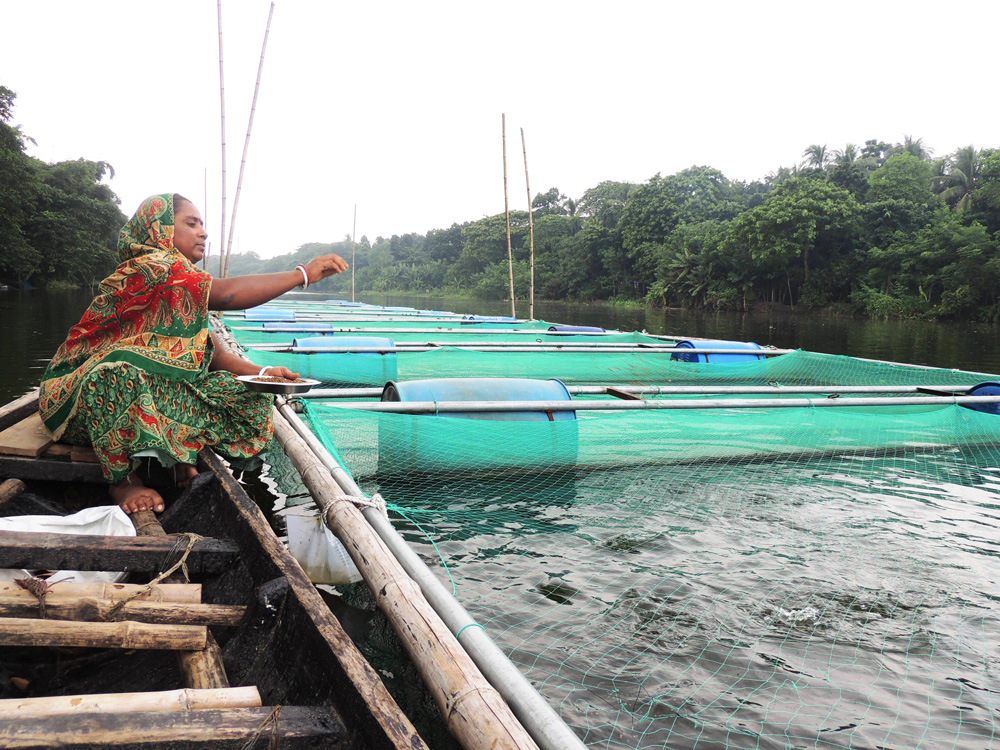Current global hunger statistics are alarming: After a steady decline over the previous decade, the hunger is on the rise for the third year in a row, according to the Food and Agriculture Organization of the United Nations (FAO). Food security is closely linked to poverty, the two often go hand in hand, and poor families are often hit by famines and food insecurity the hardest.
Zooming in closer, research and practice show that in low-income countries with poor governance, women are twice as likely to suffer from malnutrition compared to men. These effects are exacerbated by the changing climate.
Malnutrition among women directly affects the next generation: Children whose mothers are malnourished during pregnancy and who do not get enough nutritious food during their first 1000 days are more likely to be stunted, have lower cognitive ability and higher tendency to disease. Therefore, improving nutrition among women may be the most impactful entry point to step up our progress on malnutrition.
NutriFish1000, an innovative project recently launched with financial support from the UN and the World Bank Group, is designed to address this challenge by increasing consumption of macronutrient-rich small fish among families in rural communities, particularly focusing on pregnant women and their children during the first 1000 days of their life.
The initiative is a partnership with a social enterprise component designed to deploy sustainable fish agri-food solutions and raise awareness about the nutritional benefits of small fish in the global community. The initiative supports and empowers women to farm small fish from homestead ponds. This way women are in control of their own intake of fish while their families have a stable access to food rich in micronutrients.
So, what exactly is NutriFish?
In short, they are micronutrient-rich, small indigenous fish species reaching sizes of 6-10 centimetres when fully matured. These fish can live in both marine and freshwater and are rich in vitamin A, zinc, phosphorus, selenium, iodine, calcium ”Nutri-bombs” that deliver high-value protein and fatty acids. Today, scientists have discovered over 30 different of species which can be called NutriFish. Access to these fish is often abundant as fishermen usually see it as a waste-fish or cat food and therefore often leave it behind. What is more, NutriFish are considered to be some of the most climate-smart solutions to produce nutrient-rich food in the world.
The NutriFish1000 initiative rests on three major principles: partnership, knowledge and information exchange as well as resource mobilization in all parts of the project. Working in line with the 2030 Agenda, NutriFish1000 targets both formal and informal economies to encourage partnership and new collaborations among civil society, public and the private sector.
The goal is to try to upscale the local business to reach regional and global customer base; as soon as the business is scaled up, families will be able to make a profit from selling the fish.
The NutriFish1000 project has already been introduced in six different countries, including India and Bangladesh. Future ambition of the project is to reach a number of African countries during 2019.
To learn more about the guiding principles and the value proposition of the project please visit the NutriFish1000 website.
